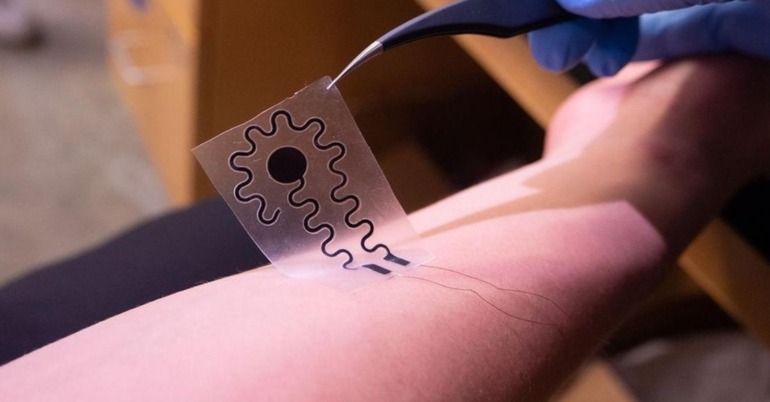UC San Diego researchers have unveiled a game-changing haptic device that could transform virtual reality, prosthetics, and wearable tech. The team’s innovative electrode design, paired with a skin-friendly silicone patch, delivers precise pressure and vibration sensations without the discomfort plaguing current solutions.
At the heart of this breakthrough is a laser-cut, spring-shaped electrode that flexes with the body’s movements. Unlike rigid metal predecessors, this soft, stretchable polymer conforms seamlessly to the skin, ensuring consistent and pain-free electrical stimulation.
The secret sauce? A carefully engineered blend of two polymers: the conductive but rigid PEDOT:PSS, and the flexible but non-conductive PPEGMEA. “We molecularly engineered a material that is both conductive and stretchable,” explained Rachel Blau, co-author of the study.
In tests involving 10 participants, the team fine-tuned the device’s electrical output to recreate a spectrum of touch sensations. Collaborating with behavioral scientists from the University of Amsterdam, they made an intriguing discovery. “By increasing the frequency, participants felt more vibration rather than pressure,” noted Abdulhameed Abdal, a Ph.D. student involved in the research.
This newfound understanding of how electrical current interacts with skin perception opens doors for next-gen haptic experiences. VR enthusiasts could soon “feel” virtual objects, while prosthetic users might regain a sense of touch. Wearable tech could leverage this technology to create more intuitive user interfaces.

